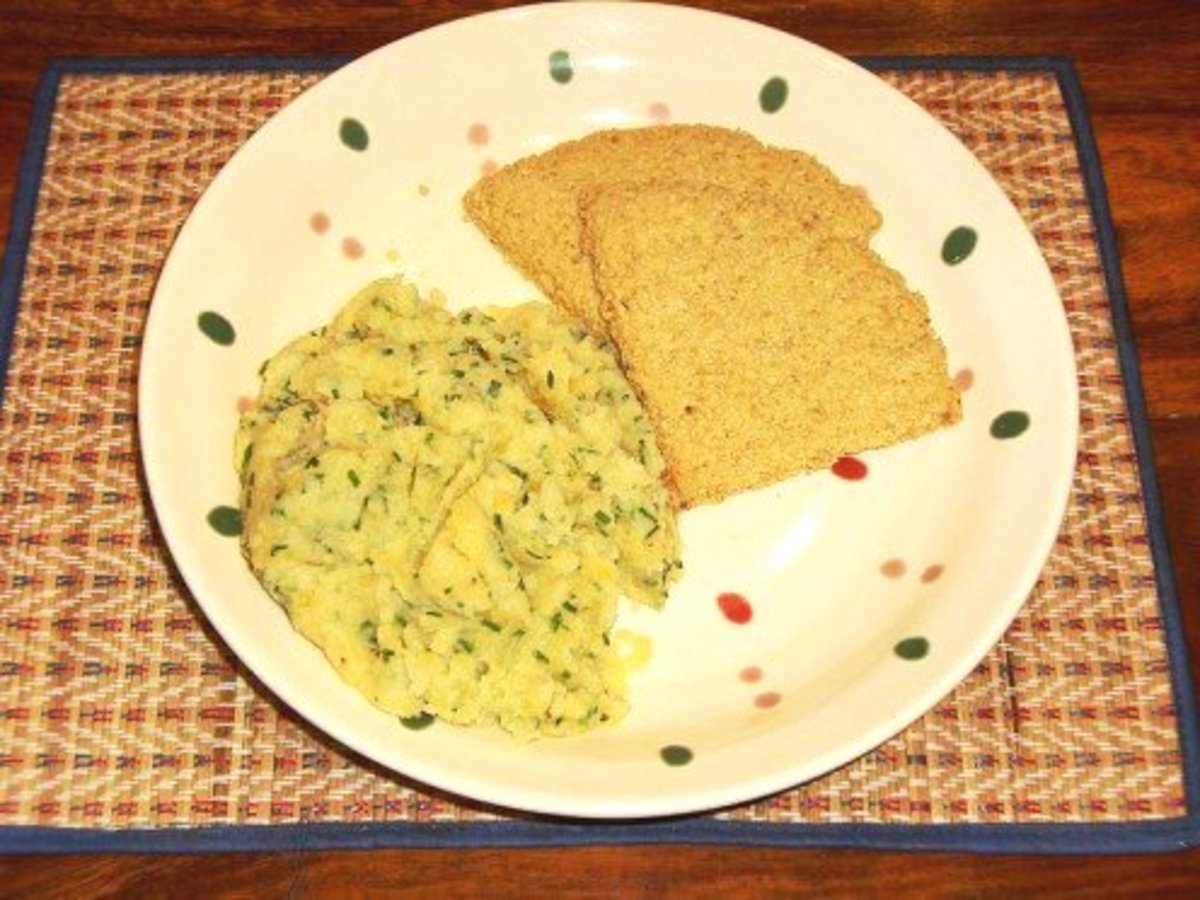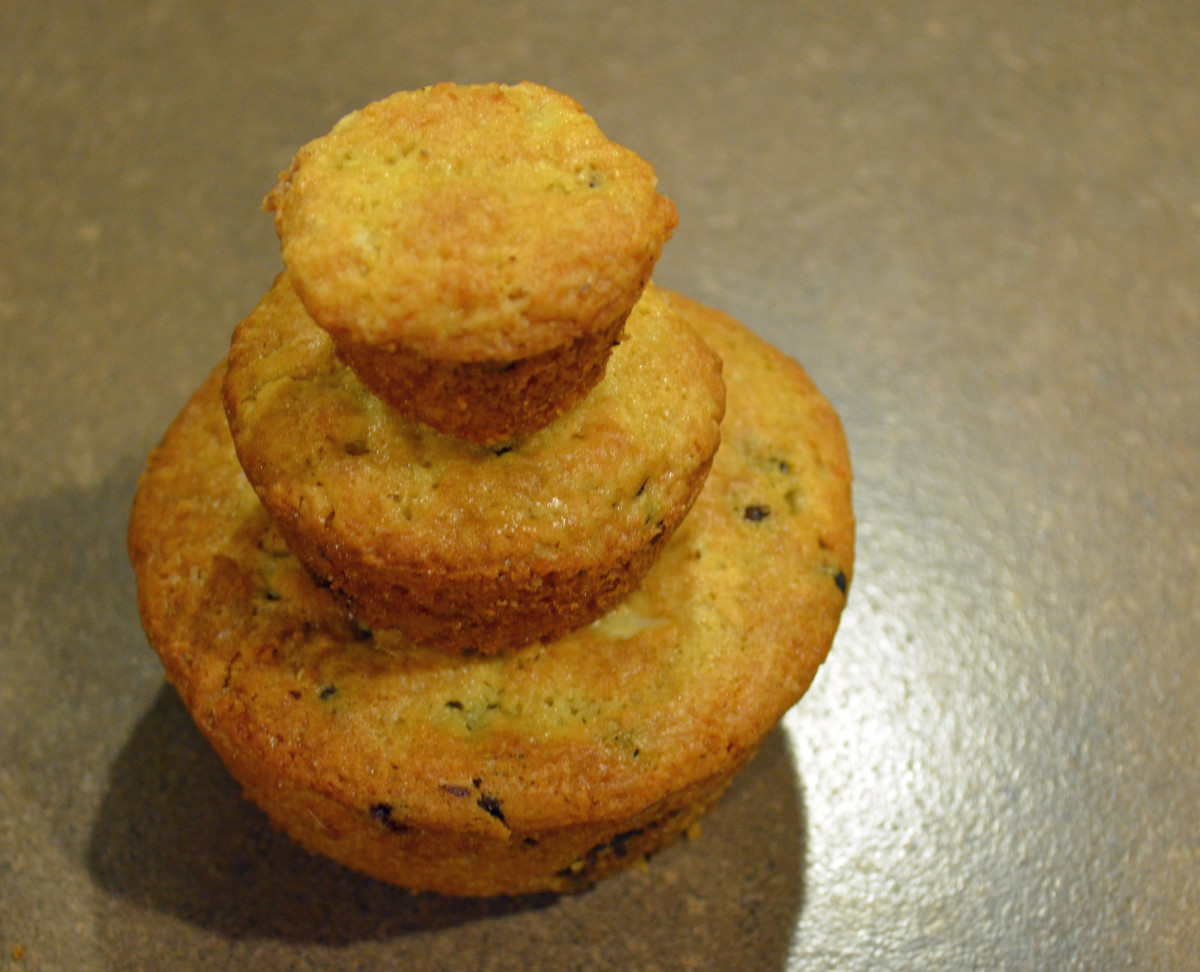Toast
Make Toast
No one loves toast more than people partial to crispy bread slathered in spreadable dairy products. This breakfast delicacy is easy to prepare and serve. Follow our simple steps to end up with gourmet toast. Don't spend hours watching The Food Network because they don't do things this simply. You can't hope to compete with them.
Ingredients
- Sliced bread, usually comes in a bag. May have raisins, whole-wheat, rye, etc.
- Spread, Butter is optimal: margarine, soy, and syntho heart-smart concoctions may be substituted
- Knife, butter spreading type
- Napkin
- Electric Toaster, Sunbeam is preferable. The 1950 T-35 model makes the best toast.
Instructions
- Identify appropriate bread. Your pre-toast must meet 2 criterion: you should like to eat it toasted and you must be able to fit it into your toaster (see step 3.) Most people prefer simple white bread pre-cut into slices by an automated machine in a food factory. That's OK if you are a beginner and we're not here to judge, anyway. Look for bread in a 'loaf'. A single loaf contains sufficient bread for many servings of toast. Anticipate a loaf wrapper called a 'bag' that is open at one end and not open at the other end. The open end is semi-permanently sealed with a twist of wire or a little piece of tape. The tape can be extremely frustrating to open. The loaf can be resealed for future use if eaters get tired of toast and want to go watch TV.
- Select a slice of bread. Bags of bread typically include two specific types of slices: heels and non-heels. By far, an average unopened bag will contain many more of the latter and only two of the former. A loaf arrives from the factory in this configuration. The heels bracket the loaf, one on either end. The heels are relatively asymmetrical while the non-heels look the same on both sides. One trick of master chefs is to give the heels to squirrels lurking in the back yard because no one likes to eat them most of the time.
- Plug in the toaster. Insert a pre-selected slice of bread into one of the toaster slots. It is not necessary to fill all the slots: beginner chefs may prefer to hone their skillz on a single slice rather than take on the task of parallel toast preparation. Push down the lever and the wires get hot. Your toast will immediately begin to brown on both sides because electricity waits for no one. Do not wander far from the toaster during this process. Experience teaches that if you smell burning bread then it is too late to save the toast. Burned toast is gross and even the squirrels will think less of your cooking expertise.
- Patiently wait for the toasting process to proceed. Do not stick a knife or your Official Food Channel garbanzo bean peeler into any slot. You cannot speed up the toasting mechanism.
- Upon pop-up of the newly toasted bread, withdraw the slice carefully and place upon the napkin. You can tell it's popped up when you see (hopefully) brown bread above the slot.
- Apply liberal amounts of your choice of spread onto the bread. This one of the few times when it's OK to be liberal. Expect the spread to melt as it reaches thermal equilibrium with the crunchy bread. If you are OCD like me, expect spreading to consume an inordinate amount of preparation time as you struggle to perfectly balance the spread across the terrain of the bread. The bread may actually cool unless you can get control of yourself. An English Muffin is problematic.
- Optionally, use the spreading knife to cut the toast into manageable pieces. If you hate the Earth it's OK to dirty another knife for this step.



